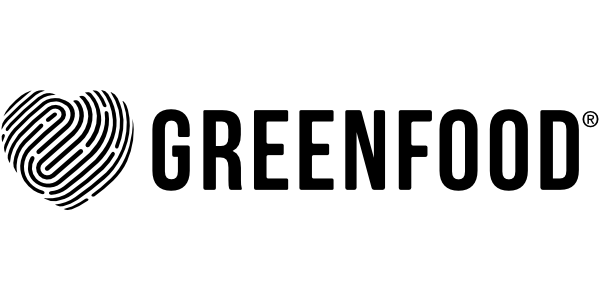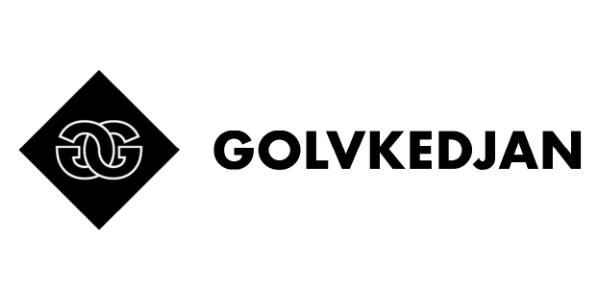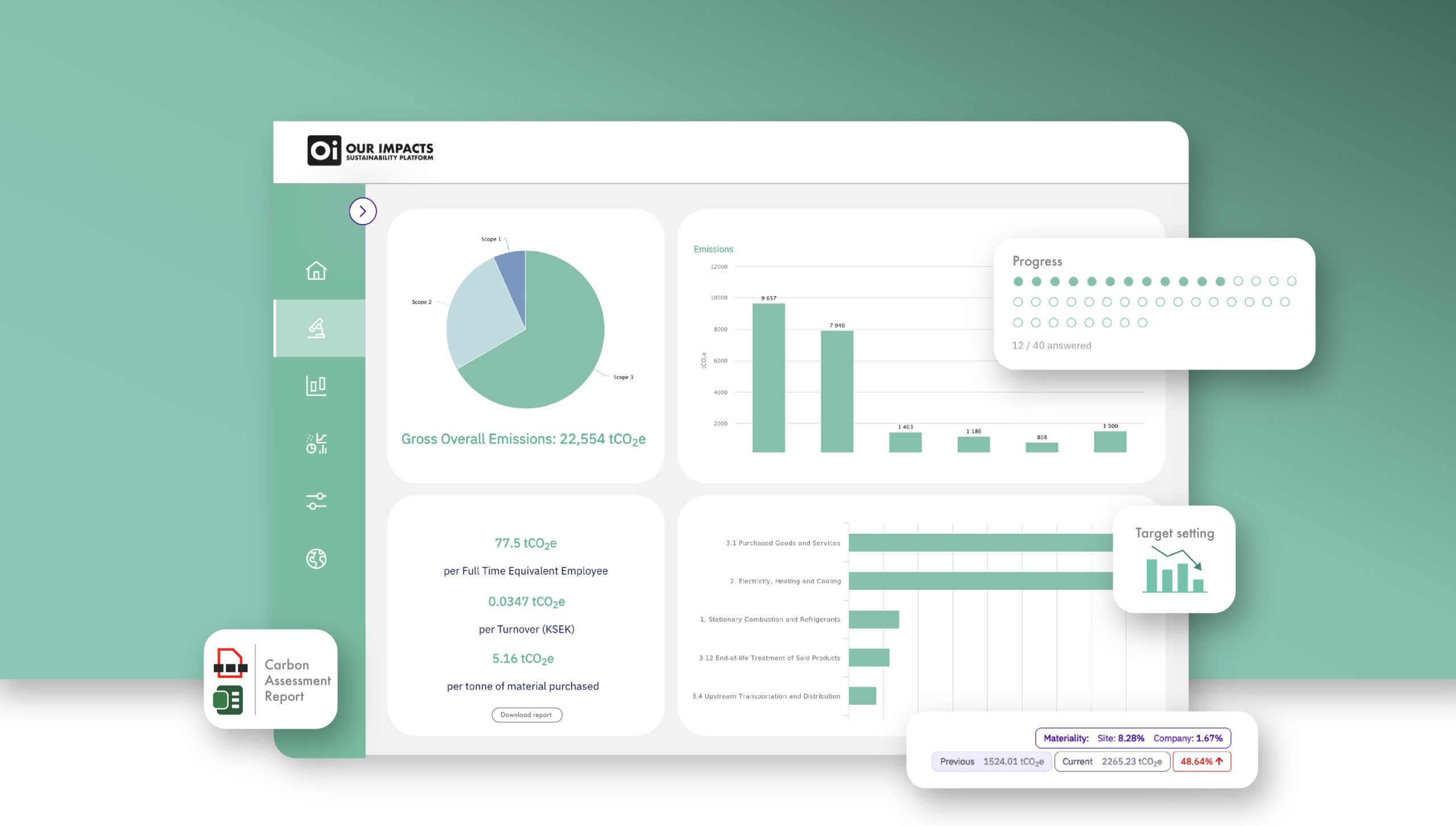Our Impacts - powerful and user-friendly sustainability platform
The Our Impacts Sustainability Platform is a complete climate accounting and sustainability reporting tool that makes it easy for organizations large and small to structure their work and quickly calculate their climate impact. The platform provides you with clear insights, support for reducing emissions and a basis for reports.
The tool is developed for third-party verification, and with its CSRD it is ready to handle all ESRD reporting.
/https%3A%2F%2Fzeromission.se%2Fwp-content%2Fuploads%2F2025%2F04%2FZeroMission-Our-Impacts-hero-2.jpg)













/https%3A%2F%2Fzeromission.se%2Fwp-content%2Fuploads%2F2025%2F04%2FZeroMission-Our-impacts-transparancy-4-scaled.jpg)
/https%3A%2F%2Fzeromission.se%2Fwp-content%2Fuploads%2F2025%2F05%2FZeroMission-Our-Impacts-employees-2-scaled.jpg)
/https%3A%2F%2Fzeromission.se%2Fwp-content%2Fuploads%2F2025%2F04%2FZeroMission-Our-Impacts-company-tree-7-scaled.jpg)
/https%3A%2F%2Fzeromission.se%2Fwp-content%2Fuploads%2F2025%2F04%2FZeroMission-Our-Impacts-resultat-1-scaled.jpg)
/https%3A%2F%2Fzeromission.se%2Fwp-content%2Fuploads%2F2025%2F04%2FVit-liten-fyrkant.png)
/https%3A%2F%2Fzeromission.se%2Fwp-content%2Fuploads%2F2025%2F06%2FBanner_Kundcase_SPP_ZeroMission-e1749559224161.png)
/https%3A%2F%2Fzeromission.se%2Fwp-content%2Fuploads%2F2025%2F05%2FStenvalvet_ZeroMission_kundcase.png)
/https%3A%2F%2Fzeromission.se%2Fwp-content%2Fuploads%2F2024%2F04%2FGreenfood-dish1.webp)
/https%3A%2F%2Fzeromission.se%2Fwp-content%2Fuploads%2F2024%2F05%2FNorstedts-logo.webp)
/https%3A%2F%2Fzeromission.se%2Fwp-content%2Fuploads%2F2022%2F01%2FHero-HL-display.jpg)
/https%3A%2F%2Fzeromission.se%2Fwp-content%2Fuploads%2F2024%2F05%2FDiab-logo.webp)